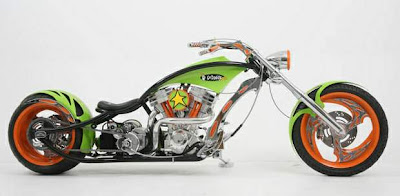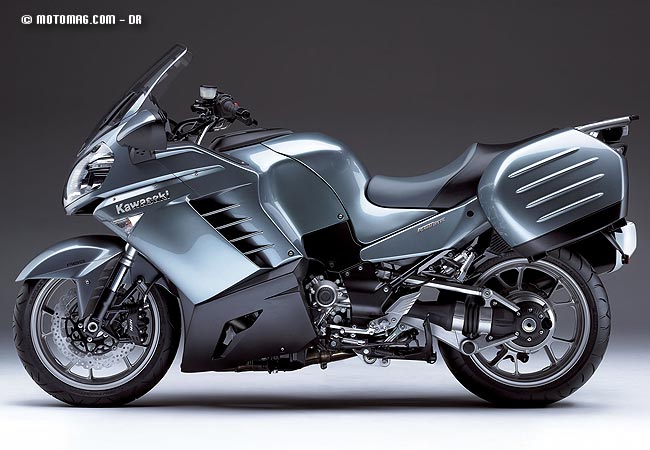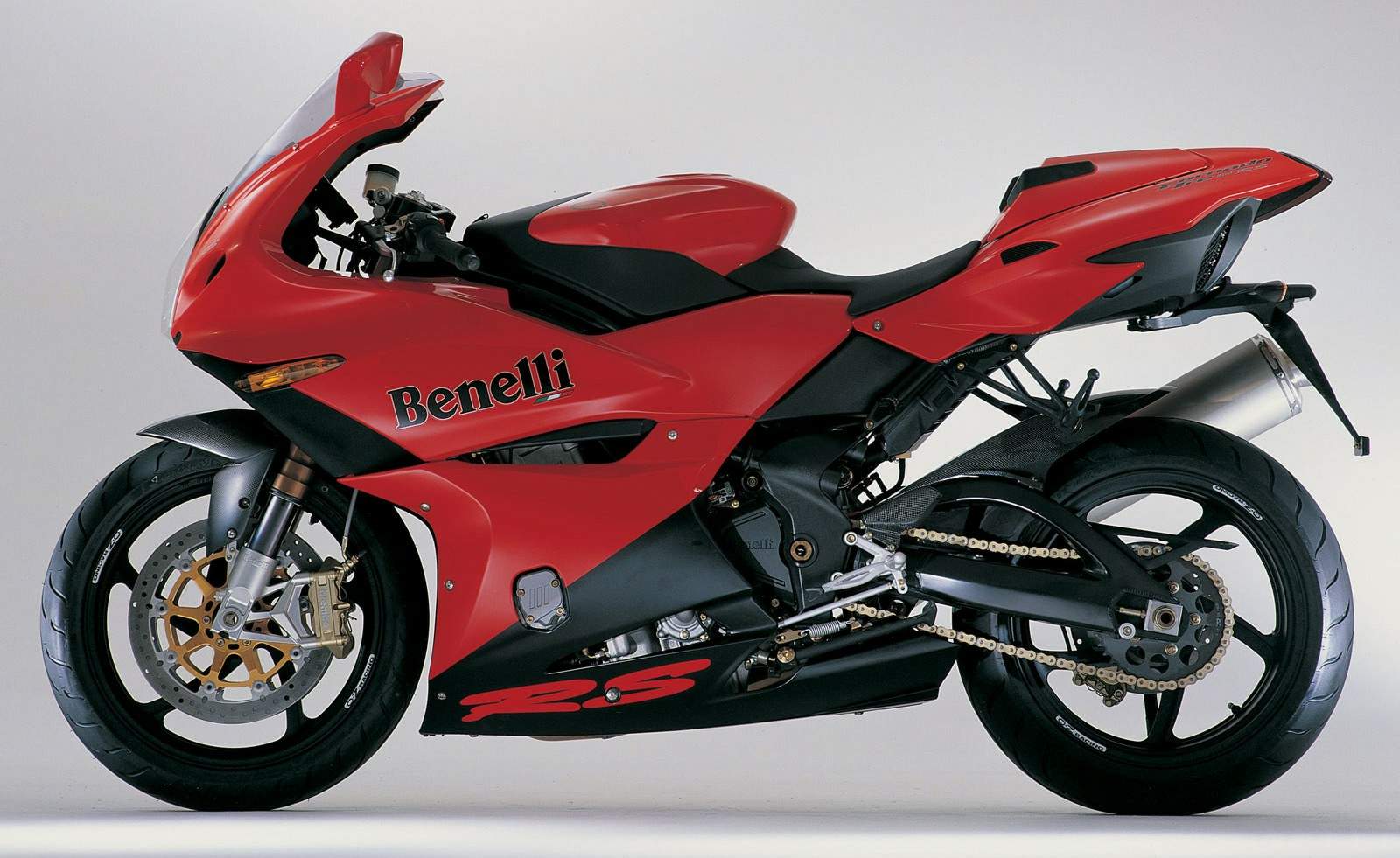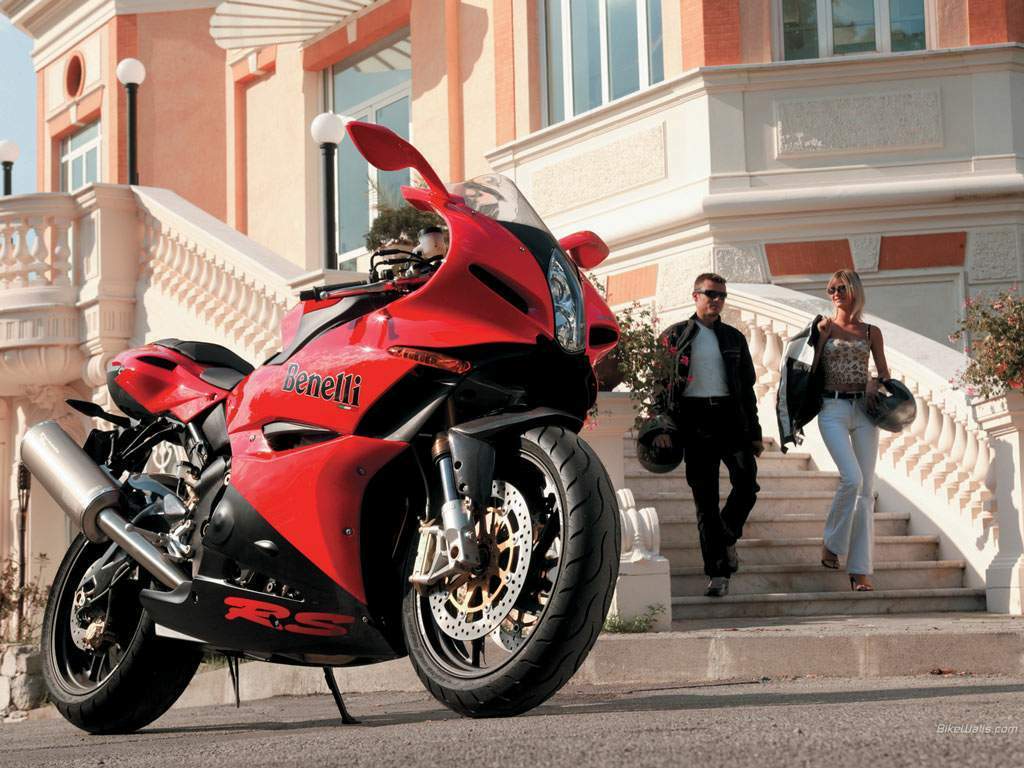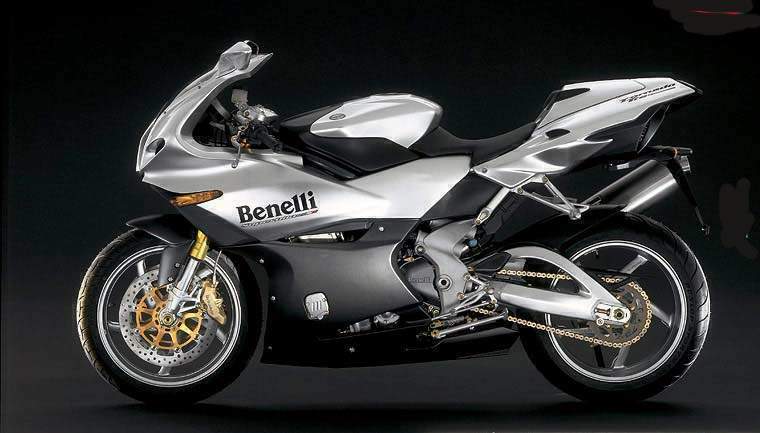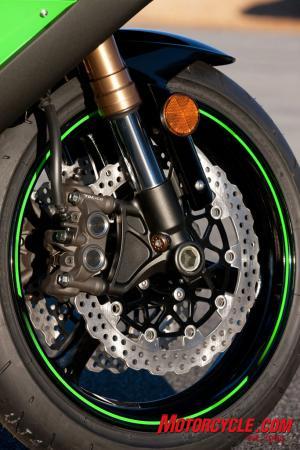American Motorcycle Modification
Shopping for your first street bike can be quite difficult if you have no idea of where to start. You may be familiar with a few different types of bikes, but you could shortchange yourself if you’re not considering models that you aren’t familiar with but that might be the most appropriate. Even if you
Shopping for your first street bike can be quite difficult if you have no idea of where to start. You may be familiar with a few different types of bikes, but you could shortchange yourself if you’re not considering models that you aren’t familiar with but that might be the most appropriate. Even if you have owned a street bike in the past, it may be difficult to keep track of all the makes and models currently on the market and to compare them in order to determine which specific motorcycle is right for you.
Whether you’re just considering buying a street bike or whether you’re ready to pull the trigger, you’ll need to do your homework to ensure you get the most for your money and maximize your consumer satisfaction. One of the best ways to start out is to research the most popular street bike makes and models on the market. The guide below will familiarize you with some well-known and not-so-well-known brands of motorcycles that offer street bike options to consumers like you.
After reading the brief descriptions offered below, narrow down your options to a few that interest you further. After you’ve come up with a list of viable options for yourself, research the motorcycle manufacturers further by visiting their Web sites, reading consumer reviews, comparing pricing and so on. Finally, decide whether you will purchase a used street bike or a new one and begin to shop around for a reasonable deal on the bike you want.
Whether you’re just considering buying a street bike or whether you’re ready to pull the trigger, you’ll need to do your homework to ensure you get the most for your money and maximize your consumer satisfaction. One of the best ways to start out is to research the most popular street bike makes and models on the market. The guide below will familiarize you with some well-known and not-so-well-known brands of motorcycles that offer street bike options to consumers like you.
After reading the brief descriptions offered below, narrow down your options to a few that interest you further. After you’ve come up with a list of viable options for yourself, research the motorcycle manufacturers further by visiting their Web sites, reading consumer reviews, comparing pricing and so on. Finally, decide whether you will purchase a used street bike or a new one and begin to shop around for a reasonable deal on the bike you want.
American Ironhorse
American Ironhorse is mostly known for producing choppers and customs. The Fort-Worth, Texas manufacturer has a reputation for being “high-end,” which is also reflected in the price range. American Ironhorse motorcycles cost anywhere from $25,000 to $40,000, though current financial turmoil could soon present the opportunity for negotiation and get you a better deal.
Aprilia
Aprilia has a much wider collection of models under various categories, including off-road and racing bikes. The Italian manufacturer is traditionally known for producing scooters, but has recently earned acclaim by winning sport bike races. Aprilia’s street bike collection is about as large as American Ironhorse’s, but the price is much lower.
Big Dog
Big Dog is known for it’s cruiser-style street bikes and wide range of customizing options. The Wichita, Kansas manufacturer produces five models. Big Dog’s street bikes run in the $25,000 range.
BMC
BMC is a smaller motorcycle manufacturer located in Bend, Oregon. The company has earned big attention through its focus on factory customs. Check them out for a DOT-approved street bike that looks totally unique.
BMW Motorrad
BMW Motorrad is the motorcycle division of the German automotive manufacturer BMW. BMW has been producing motorcycles since 1923. Though the company is traditionally known for their original engine configuration, the flat-twin boxer, today’s BMW motorcycles include a variety of engine and riding formats.
Bourget’s Bike Works
Bourget motorcycles, based in Phoenix, Arizona started out by producing one-of-a-kind bikes in Roger Bourget’s garage. The manufacturer is known for its signature oil-in frame/drop seat style chassis, which was actually patented in 1999. The bike maker is known for innovation in motorcycle design and also holds a patent for its jackshaft design.
Buell
Buell Motorcycles was founded by former Harley Davidson engineer Erik Buell. Most Buell bikes contain four-stroke air-cooled V-twin engines, originally built from XR1000 Sportster engines. Many upgrades and performance engineering initiatives have been implemented since then.
Ducati
The Italian motorcycle manufacturer Ducati is best known for high performance street bikes with large capacity four-stroke L-twin engines featuring a desmodromic valve design. Ducati also uses multiple dry clutches in many of their street bikes, which prevents power loss from oil viscosity drag on the engine.
Honda
The Japanese auto manufacturer Honda has been exporting motorcycles to the United States since the 1960′s. Today, Honda’s line of street motorcycles and scooters include touring bikes, sport-tourers, cruisers, standard street bikes, sport bikes, dual sports bikes, and scooters.
Indian
The Indian Motorcycle Manufacturing Company was once known as the largest producer of motorcycles in the world. This is perhaps the oldest motorcycle manufacturer in the United States, having been around since 1901. Today’s Indian Chief motorcycles are produced in limited quantities so the company can focus on quality, performance and exclusivity. The company, under new management, has growth plans through 2011.
Kawasaki
Kawasaki has been producing motorcycles since 1953. Today, the Japanese manufacturer produces a wide collection of street bikes in the following categories: sport, supersport, touring, supersport touring, cruisers, and dual purpose. Kawasaki is also known for off-road and motocross models. Kawasaki is not really in the custom market but produces a fine factory bike.
KTM
The Austrian motorcycle manufacturer KTM is most commonly known for its off-road and sport bikes. In recent years, however, it has expanded into production of street motorcycles as well.
Moto Guzzi
The Italian motorcycle manufacturer, also known simply as “Guzzi,” is known as the oldest European manufacturer in continuous motorcycle production. Notably, the Italian police and military and various US police departments (e.g. LAPD) have used Moto Guzzi bikes in their fleets. Guzzi currently offers about 9 different models including street bikes and sport bikes.
Suzuki
Suzuki, which is also the 12th largest automobile manufacturer in the world, started manufacturing bikes in 1952. Suzuki’s factory models include the legendary Hayabusa, the GSX-R1000, the GSX-R750, the GSX-R600 and the GSX-R650F (which is their newer sport touring model).
Swift
Swift Motorcycle Company is a newer manufacturer, also based in Phoenix, Arizona. The producer of street bikes focuses on custom entry level, mid range, and high-end choppers, bobbers and pro street models.
Yamaha
Though Yamaha produces mainly factory motorcycles, it is possible to get customs through this Japanese bike maker as well. Yamaha’s current lineup includes over 26 models priced anywhere between $6000 and $19,000.
Now that you have learned a little bit about the different manufacturers of street bikes, you can drill into the ones you’re interested in a bit further to help narrow down your search.
Aprilia
Aprilia has a much wider collection of models under various categories, including off-road and racing bikes. The Italian manufacturer is traditionally known for producing scooters, but has recently earned acclaim by winning sport bike races. Aprilia’s street bike collection is about as large as American Ironhorse’s, but the price is much lower.
Big Dog
Big Dog is known for it’s cruiser-style street bikes and wide range of customizing options. The Wichita, Kansas manufacturer produces five models. Big Dog’s street bikes run in the $25,000 range.
BMC
BMC is a smaller motorcycle manufacturer located in Bend, Oregon. The company has earned big attention through its focus on factory customs. Check them out for a DOT-approved street bike that looks totally unique.
BMW Motorrad
BMW Motorrad is the motorcycle division of the German automotive manufacturer BMW. BMW has been producing motorcycles since 1923. Though the company is traditionally known for their original engine configuration, the flat-twin boxer, today’s BMW motorcycles include a variety of engine and riding formats.
Bourget’s Bike Works
Bourget motorcycles, based in Phoenix, Arizona started out by producing one-of-a-kind bikes in Roger Bourget’s garage. The manufacturer is known for its signature oil-in frame/drop seat style chassis, which was actually patented in 1999. The bike maker is known for innovation in motorcycle design and also holds a patent for its jackshaft design.
Buell
Buell Motorcycles was founded by former Harley Davidson engineer Erik Buell. Most Buell bikes contain four-stroke air-cooled V-twin engines, originally built from XR1000 Sportster engines. Many upgrades and performance engineering initiatives have been implemented since then.
Ducati
The Italian motorcycle manufacturer Ducati is best known for high performance street bikes with large capacity four-stroke L-twin engines featuring a desmodromic valve design. Ducati also uses multiple dry clutches in many of their street bikes, which prevents power loss from oil viscosity drag on the engine.
Honda
The Japanese auto manufacturer Honda has been exporting motorcycles to the United States since the 1960′s. Today, Honda’s line of street motorcycles and scooters include touring bikes, sport-tourers, cruisers, standard street bikes, sport bikes, dual sports bikes, and scooters.
Indian
The Indian Motorcycle Manufacturing Company was once known as the largest producer of motorcycles in the world. This is perhaps the oldest motorcycle manufacturer in the United States, having been around since 1901. Today’s Indian Chief motorcycles are produced in limited quantities so the company can focus on quality, performance and exclusivity. The company, under new management, has growth plans through 2011.
Kawasaki
Kawasaki has been producing motorcycles since 1953. Today, the Japanese manufacturer produces a wide collection of street bikes in the following categories: sport, supersport, touring, supersport touring, cruisers, and dual purpose. Kawasaki is also known for off-road and motocross models. Kawasaki is not really in the custom market but produces a fine factory bike.
KTM
The Austrian motorcycle manufacturer KTM is most commonly known for its off-road and sport bikes. In recent years, however, it has expanded into production of street motorcycles as well.
Moto Guzzi
The Italian motorcycle manufacturer, also known simply as “Guzzi,” is known as the oldest European manufacturer in continuous motorcycle production. Notably, the Italian police and military and various US police departments (e.g. LAPD) have used Moto Guzzi bikes in their fleets. Guzzi currently offers about 9 different models including street bikes and sport bikes.
Suzuki
Suzuki, which is also the 12th largest automobile manufacturer in the world, started manufacturing bikes in 1952. Suzuki’s factory models include the legendary Hayabusa, the GSX-R1000, the GSX-R750, the GSX-R600 and the GSX-R650F (which is their newer sport touring model).
Swift
Swift Motorcycle Company is a newer manufacturer, also based in Phoenix, Arizona. The producer of street bikes focuses on custom entry level, mid range, and high-end choppers, bobbers and pro street models.
Yamaha
Though Yamaha produces mainly factory motorcycles, it is possible to get customs through this Japanese bike maker as well. Yamaha’s current lineup includes over 26 models priced anywhere between $6000 and $19,000.
Now that you have learned a little bit about the different manufacturers of street bikes, you can drill into the ones you’re interested in a bit further to help narrow down your search.


